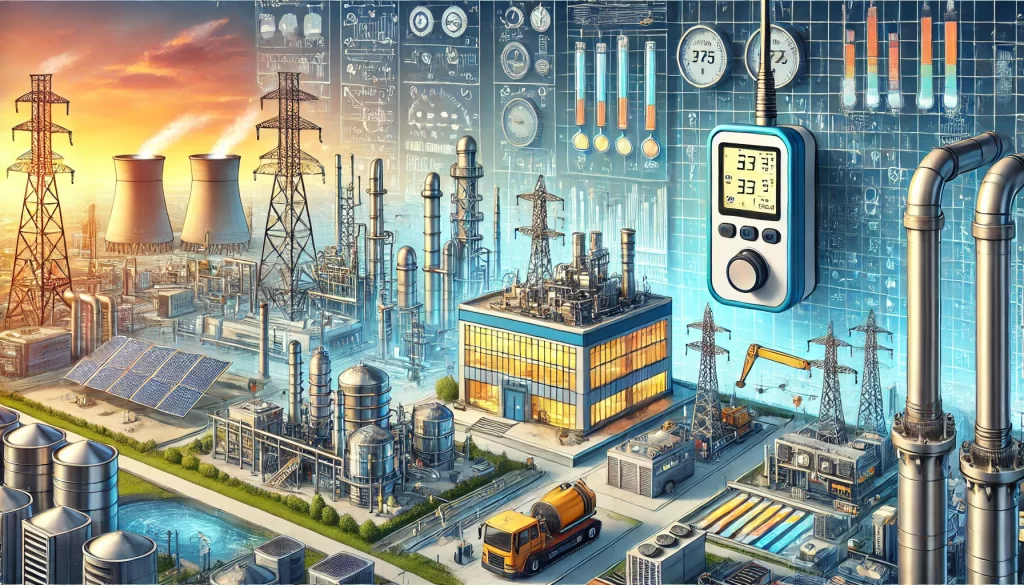Temperature and humidity sensors are widely used across modern industries such as agriculture, meteorology, environmental protection, national defense, scientific research, and aerospace. They have become indispensable components in automated environmental monitoring systems. Below are key application scenarios where temperature and humidity sensors play a critical role.
1. Incubation Environment Control Systems
In the incubation industry, environmental parameters—especially temperature and humidity—must be accurately controlled. Temperature and humidity sensors are installed in each incubator room to monitor and regulate the environment in real time. The system records and stores these data automatically, enabling precise climate control that significantly improves hatching success rates.
2. Data Center Environmental Monitoring
With the rapid development of the internet and big data, data centers are increasingly critical to information infrastructure. These centers host large numbers of electronic devices whose performance and reliability are highly sensitive to ambient conditions. Integrated temperature and humidity sensors are vital components of data center environmental monitoring systems, ensuring safe operating conditions and preventing failures due to overheating or excessive moisture.

3. HVAC Systems in Building Automation
In modern intelligent buildings, HVAC (Heating, Ventilation, and Air Conditioning) systems use temperature sensors to measure air duct conditions. The collected temperature data is sent to DDC (Direct Digital Control) units. These controllers compare real-time temperature with preset values and adjust the opening of the chilled water valve accordingly. This helps maintain the desired indoor climate while optimizing energy consumption and flow control.
4. Trends in Sensor Technology Development
In recent years, significant progress has been made in the research and development of humidity sensing technologies. Temperature and humidity sensors are evolving from basic moisture-sensitive components to integrated, intelligent, multi-parameter devices. This trend supports the development of next-generation climate control systems and takes humidity measurement technology to a new level of precision and functionality.

Conclusion
As digitalization and automation advance across industries, the demand for intelligent sensing solutions will continue to grow. Temperature and humidity sensors will remain foundational to smart environmental control systems, contributing to energy efficiency, data accuracy, and operational safety.
